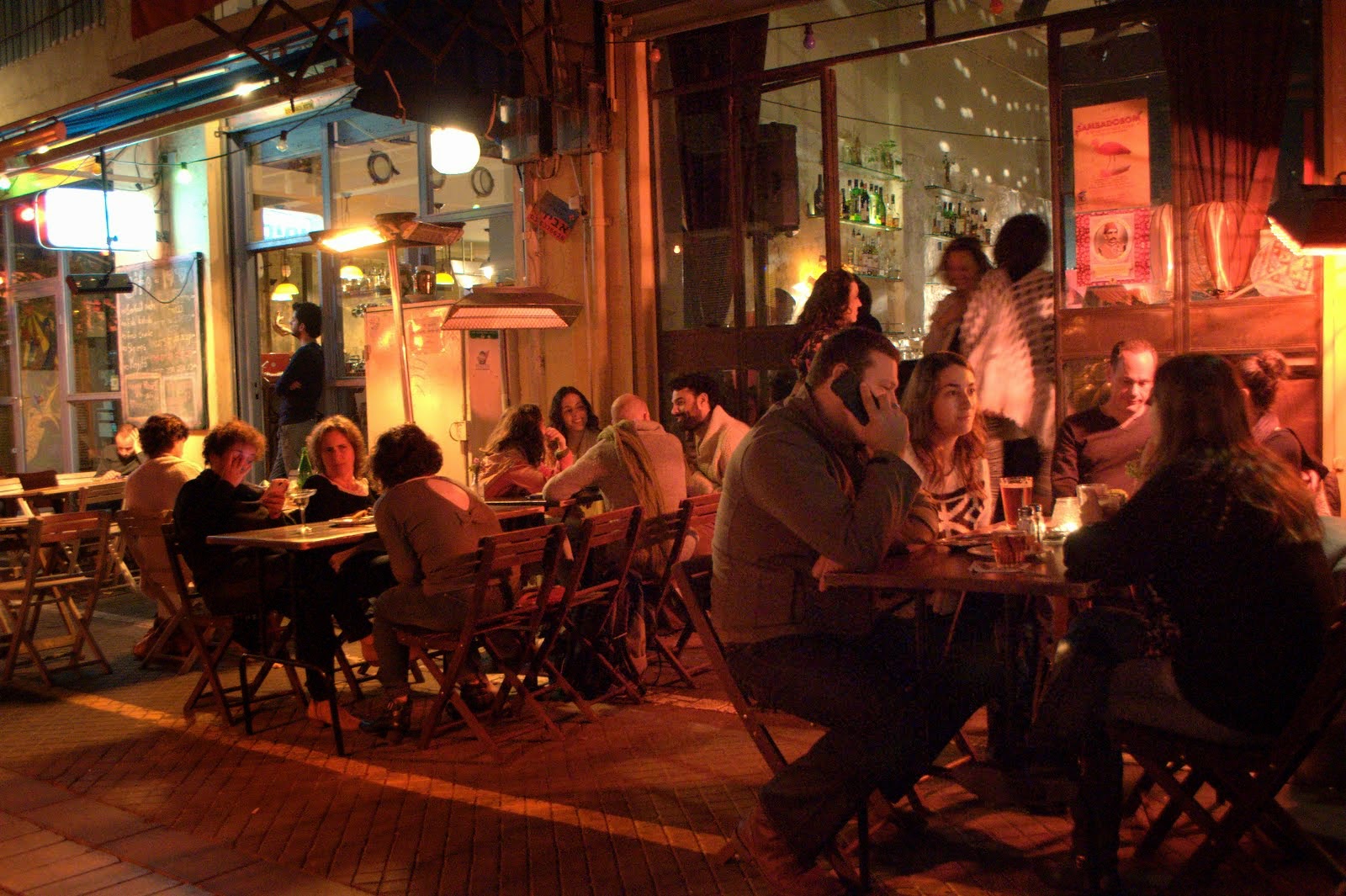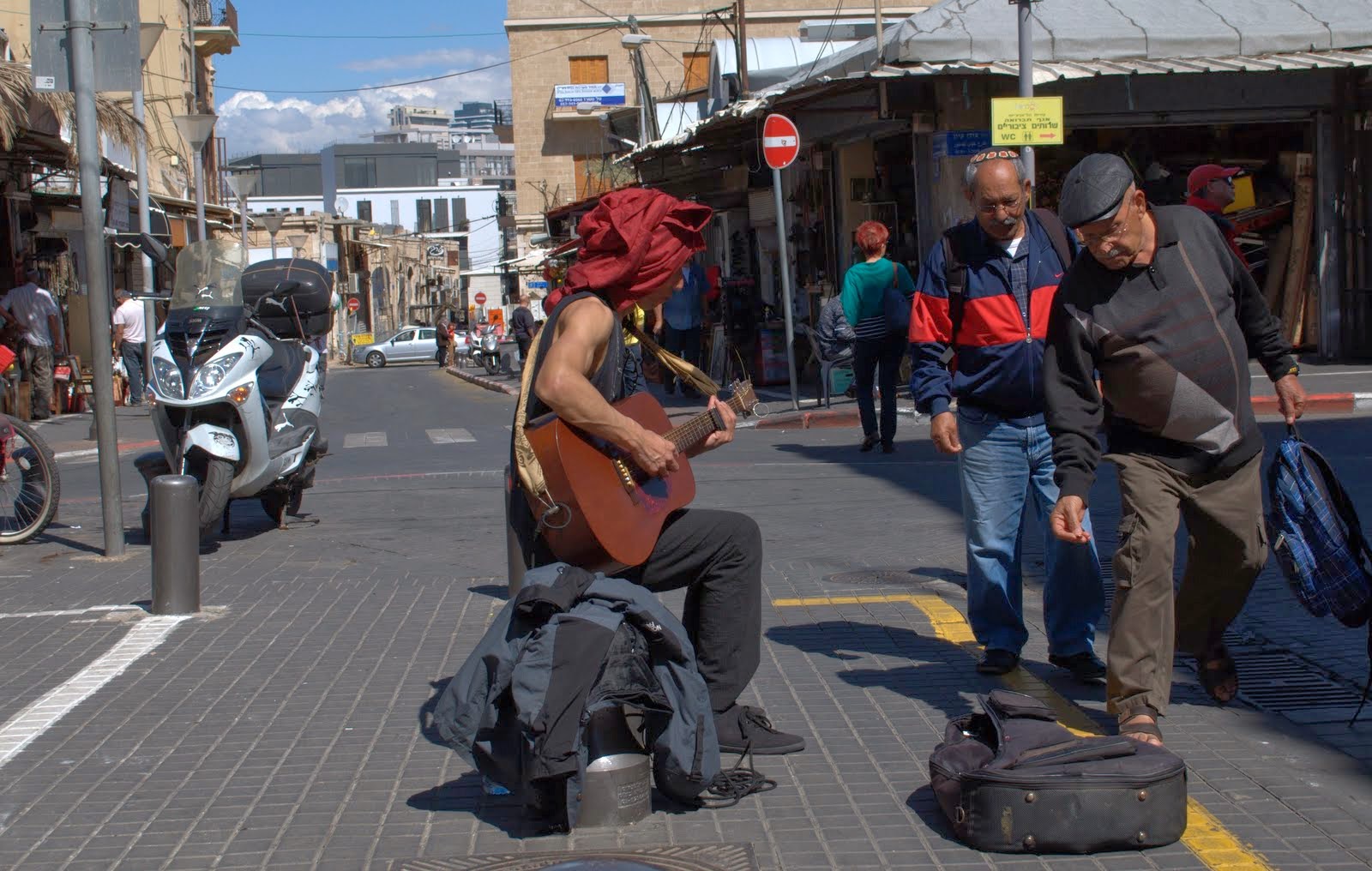As Australians we knew
that sailing in the Med would be a challenge. I am referring to the rules of Schengen. As Australians we
can only stay 3 months out or 6 in a country which is part of the Schengen
Agreement. Many hours have been
spent researching this problem.
I found reference to
crew on vessels being able to avoid the requirements. What it appeared to mean
was that when you as a crew from a non Schengen country was on board the vessel, the rules didn’t apply. Obviously crew on ships may be months away from home port. Steve thought this surely would only
apply for ships, not sailing boats like Pavlov.
In Lavriou, Greece, our boat needed a new transmission so we decided to try to extend our stay beyond 3 months. Our passports had been stamped and
time was due to run out. So we
visited the Migrant Police. We were
waiting for a gearbox to arrive from England. We were stuck there. I had also read about police counting
up the days you had been in Schengen countries, not just the country you were
in then. We had gone to Rome for 9 days in February. Italy is also a Schengen country. We entered Greece in
April. Our migration police did just this. So instead of having another 2 weeks in Greece we only had 3 days!!
After being told we
could always fly home, come back in 3 months and me bursting into tears, the
police tried to work out what we could do. They didn’t believe that the boat
could not move without our mechanic providing written evidence. However they wouldn’t believe him since
he didn’t or couldn’t provide the tax information they required to prove he was
a mechanic in Greece. This sort of hindrance we didn’t need.
The police finally
contacted our embassy and they drove us in to Athens to get a signed
declaration that we couldn’t move the boat. Coming down to the boat and looking
at the engine would not suffice.
After he drove us back
to their office in Lavriou we paid for a one month Greek visa. This wasn't an extension since you can't extend Schengan. The officer commented
that if we had not had our passports stamped and been listed as crew, not as
the Symi police had listed us as passengers, we could have remained longer so
long as we remained on Pavlov. The Schengen rule of 3 months would only apply
if we ventured beyond Lavriou. Every time we wanted to leave the area we would have to seek their approval and the
clock would begin. Only the days away from Pavlov would count. Was this the exemption I had read concerning non Schengen crew and vessels ? Still questions
remained. Nevertheless for now our problem had been solved. We didn't have to leave Greece until 5 August. It was now the 5 July. The part arrived and Steve and I yet again took on another profession. This time we became mechanics to fit it.
Research again provided another answer to our desire to stay in Greece for longer than 3 months in 2014. I found reference to a Greek
visa which you must apply for while in your own country, Australia for us. Hearing about
people being fined for overstaying their 3 months motivated us to find a better
option. We want to stay in Greece over winter 2014-15 so we needed more time.
For the crew of many non -Schengen flagged boats this would not be an option
due to the tyranny of distance. Luckily Sophie’s wedding called us home to
Australia in November 2013.
The Greek Consulate in
Sydney provided us with the information we needed. If we could provide the
following evidence : medical cover, boat insurance, financial means, police
check, health check we could apply for a 12 month Greek visa. This would then
enable us to apply for residency in Greece.
It took time and
patience but now we have our Greek visas in our passports. We need to enter
Greece by May 2014. We will winter in Levkas from October
2014 to April 2015. Travelling from country to country has meant equipping ourselves with knowledge about how their systems work. It is at times tedious and stressful but always informative.
The risk of fines, having to leave Pavlov or sailing to a non- Schengen country, has been averted.






